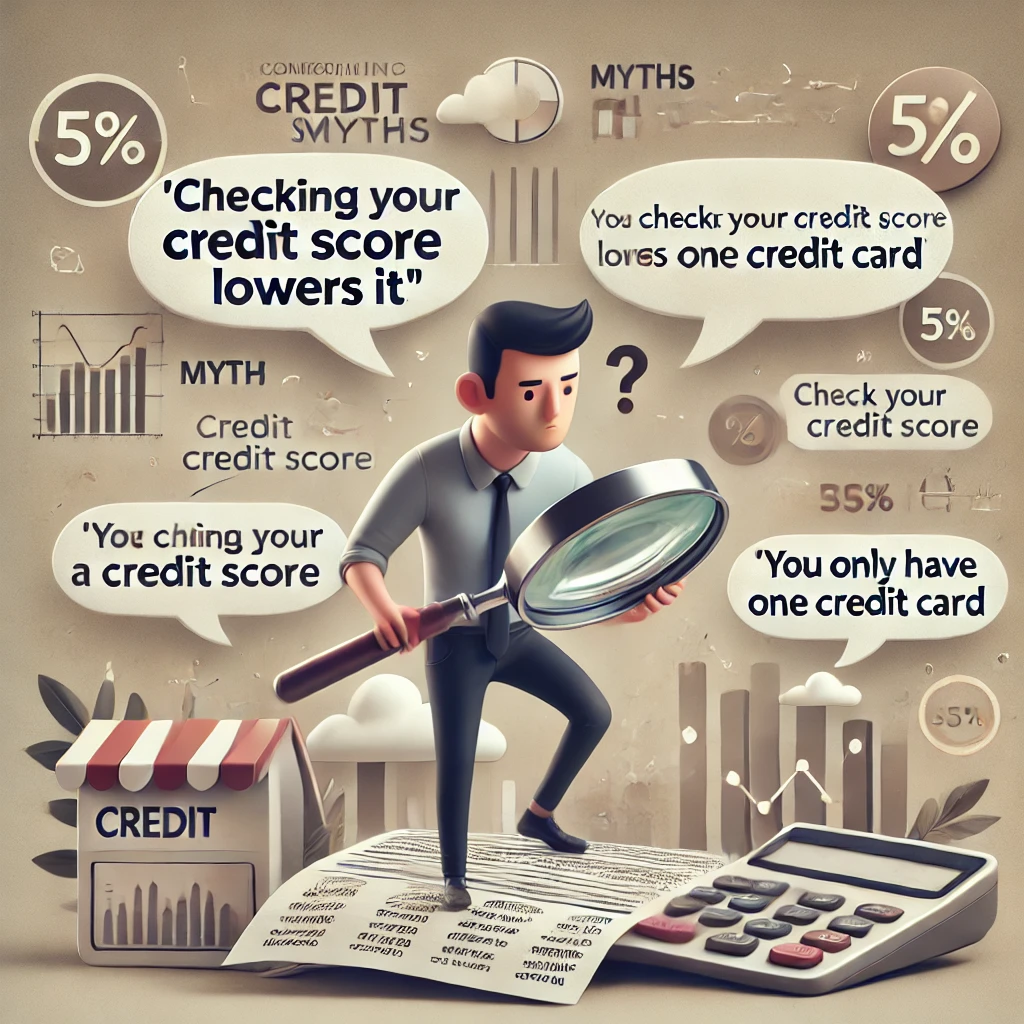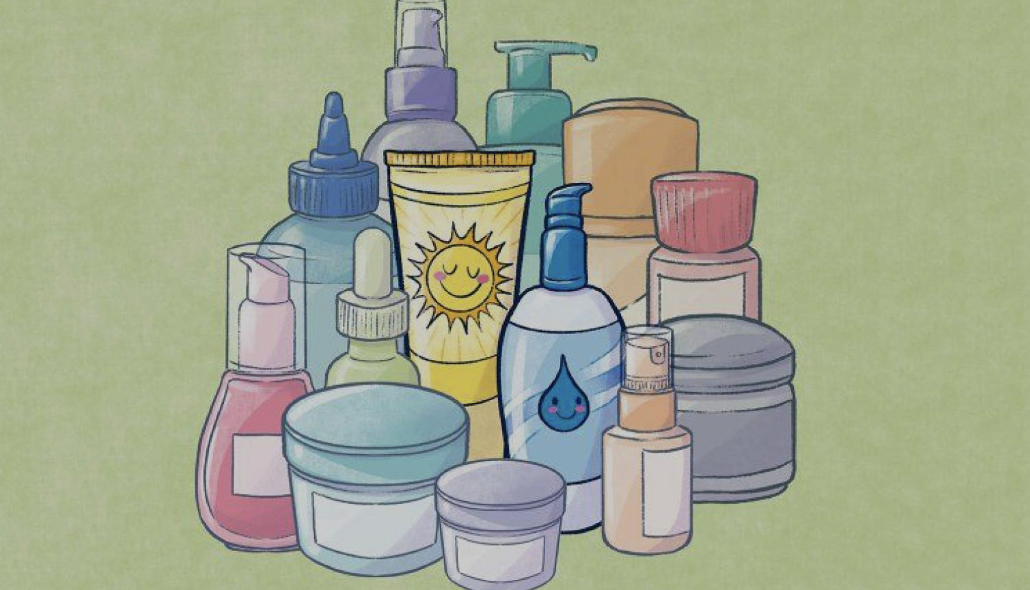Microplastics have made an uninvited entrance into our lives, much like the unwelcome guest at a dinner party. Even though they are tiny—less than 5 millimeters in diameter—these miniature particles have a gigantic impact on both our health and the environment. If you’re thinking, “How do tiny plastic particles get inside my body?” you’re not alone. Your curiosity has led you to a critical health question of our time. Let’s dive into this issue with the depth it deserves, exploring where microplastics come from, how they infiltrate our systems, and what you can do to minimize your exposure.
What are Microplastics and Where Do They Come From?
Microplastics are essentially tiny fragments of plastic that degrade from larger plastic items over time. Imagine an old toothbrush disintegrating slowly in a landfill. As it fades, it sheds microplastics. These particles are the result of various production processes or the breakdown of plastic waste. You might not realize it, but plastics are everywhere—in our clothes, packaging, cosmetics, and even the tea bag that steeps in your hot mug. Once they enter the environment, microplastics find their way into our water systems and food chains.
Primary vs. Secondary Microplastics
It’s essential to distinguish between primary and secondary microplastics.
- Primary microplastics are intentionally manufactured to be small. They’re used in industries for purposes like exfoliating in beauty products or industrial abrasives.
- Secondary microplastics come from the breakdown of larger plastics. Think of the degradation of plastic bags, bottles, and nets submerged in our oceans.
Understanding this difference helps us take meaningful action to combat pollution at its source.
How Do Microplastics Enter the Human Body?
You might wonder, “How do these microscopic pollutants make their way into my body?” Well, it’s a sneaky little journey. Microplastics are everywhere—lurking in the air you breathe, the water you drink, and even the food on your plate. They’re nothing if not persistent.
Through Water Sources
Tap water, bottled water, and even salt are vehicles for microplastics. Astonishingly, research has revealed that over 90% of bottled water contains some level of microplastics. These particles are often too small for traditional water filtration methods to catch.
Through Air
Who would have thought that simple breathing could expose us to plastics? A study found that it’s entirely possible for people to inhale microplastics. They’re airborne and get distributed by winds all over the globe. Fancy that—globalization with a twist!
Through Food
The food we consume is not spared either. Seafood, fruits, and vegetables can contain microplastics because of soil and water contamination. Little did you know that your favorite sushi roll might come with an unpleasant side of microplastics, unlisted in the menu.
The Health Implications of Microplastics
We know they infiltrate our systems, but what do they do while they’re there? Research is evolving, but preliminary findings hint at health concerns that warrant attention. Some possible risks include inflammation, toxicity, and chemical exposure. Let’s unpack these a bit.
Inflammatory Responses
Microplastics can incite immune responses because our bodies perceive them as foreign objects. When they accumulate, they may cause chronic inflammation. Over time, inflammation has been linked to conditions such as diabetes, cardiovascular diseases, and even cancer.
Chemical Leaching
Microplastics are often loaded with chemicals like BPA and phthalates. These are chemicals of concern due to their ability to disrupt endocrine functions. As they leach into our systems, they may contribute to hormonal imbalances or developmental issues, especially in children.
Bioaccumulation and Toxicity
These particles don’t just pass through; they can accumulate over time. Toxic elements from your environment can hitch a ride on microplastics into your body. This elevates the risk of bioaccumulation of toxins, which can result in various health complications.
Environmental Consequences of Microplastics
While we’re focusing on human health, let’s not forget our environment. Our planet is our first home, after all. Microplastics have imbalanced ecosystems, affecting wildlife and habitats worldwide.
Impact on Marine Life
Our oceans are a hotspot for microplastics. Fish, turtles, and seabirds often mistake these for food, leading to ingestion and potential starvation. This can alter the food chain dynamics, impacting everything from plankton to apex predators.
Soil and Agriculture
Of late, microplastics have been discovered in soils, affecting plants and agriculture. These particles can alter soil properties, leading to decreased fertility. In essence, they pose a serious threat to our future food security.
Steps You Can Take to Minimize Exposure
Being aware is the first step in battling this pervasive issue. While it seems overwhelming, rest assured that your efforts can make a difference. Here are some ways you can protect yourself and help combat the problem.
Choose Stainless Steel or Glass
Opt for stainless steel or glass containers instead of plastic for food storage. These materials are not only better for your health but also for the environment, reducing your plastic footprint.
Invest in a High-Quality Water Filter
Consider purchasing water filters specifically designed to catch microparticles. A simple switch can ensure you’re sipping less plastic-laden water and quench that thirst responsibly.
Be Selective with Products
Be wary of cosmetics and cleaning products that contain microbeads. There are plenty of eco-friendly options available that perform equally well without leaving a trail of microplastics.
The Path Forward: Are We Addressing the Issue?
Governments and organizations around the world are waking up to this crisis. New legislations banning microbeads and incentivizing recycling are steps in the right direction. Collaborative efforts between scientists, policymakers, and industry leaders are crucial for crafting long-term solutions. Nevertheless, consumer behavior remains a significant factor in driving change.
Microplastics are like that tiny pebble in your shoe—a small annoyance that, left unchecked, can lead to bigger problems. While it’s heartening to see action being taken on global levels, we must each play our part in this narrative. By making mindful choices, reducing our plastic usage, and advocating for deeper research, we can tackle this invisible enemy before it becomes an irreversible adversary.
Though our world brims with challenges, solutions bloom in equal measure, and you, dear reader, hold part of the key to a future where both humanity and the planet thrive amidst less plastic.



